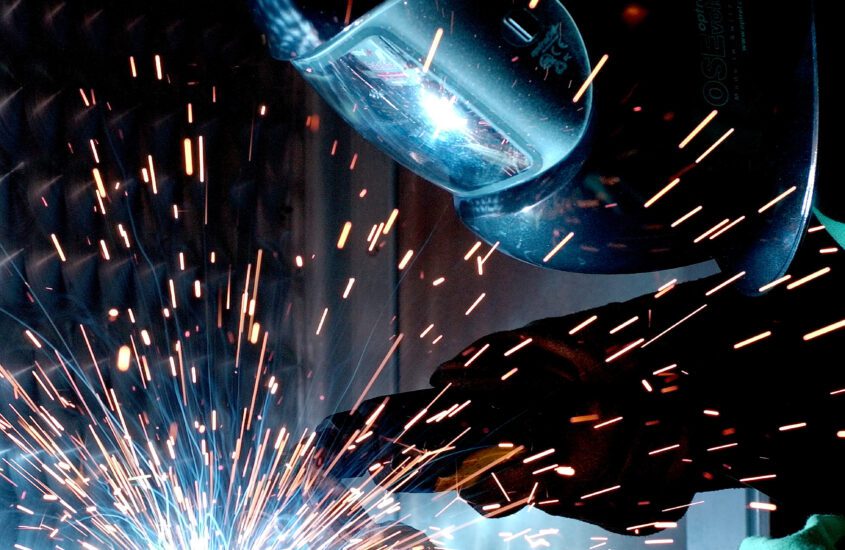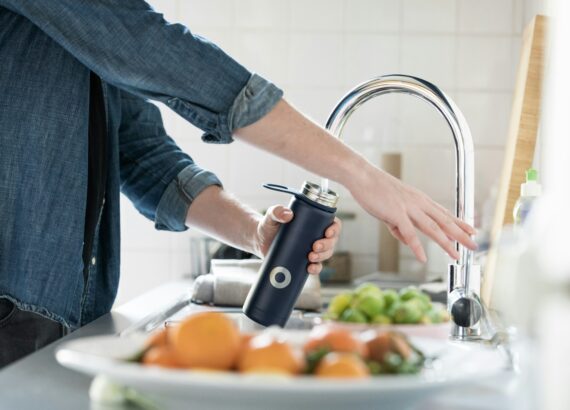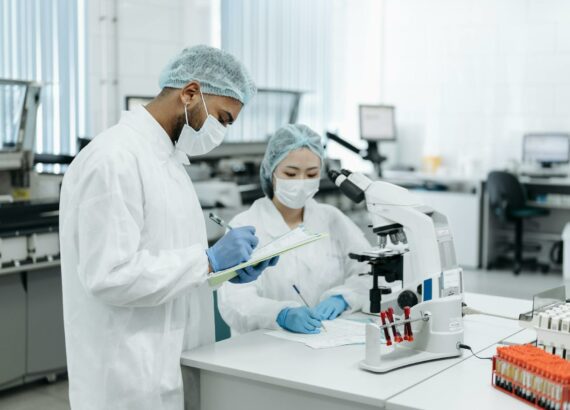Platinum Casting and Contamination

Platinum is strong and durable, making it an excellent metal for jewelry designers to work with. However, it is not immune to poor handling and manufacturing and it can still fall victim to contamination if the manufacturer uses the wrong materials. It is of vital importance that manufacturers follow certain steps when casting and finishing in order to get the most satisfactory results and the best end product for their client. Keep reading for some useful tips for platinum casting and metal contamination!
Things to Avoid When Platinum Casting
There are certain things you’ll want to avoid when casting platinum if your aim is to get the very best out of your design. You should never use wax cleaners or polishing solutions in your casting routine, as it can leave residue on the wax and cause a breakdown.
You should also bear in mind that the heavier the metal, the more complicated the casting process becomes. The large mass of material, coupled with the small solidification window you have to attend to the shrinkage is what can make this task so difficult. Avoid shrinkage porosity by adding larger gates to thin parts of the cast when working on a design that features both thick and thin parts.
Some designs have holes drilled into them for the sake of diamond and gemstone settings, which can leave a cavity or column in the finished product. These columns can move to another part of the design and lead to pits. You’ll have to burnish them down or fuse the platinum into them.
Sealing Joints
To make your job much easier, sealing all joints before you cast the metal is advisable. Sometimes during castings, especially when working on a design that has two or more pieces, a thin space can be created in the joint, which does not get filled and forms a shelf-like shape when invested.
This very thin shelf will be subjected to the heated platinum cast, which can lead to the formation of pits. Seal all of the joints that are created when two or more pieces of wax come together before the casting process. Otherwise, you’ll have to use a metallurgical bond on the metal after you’re done with casting and finishing the platinum.
Platinum Contamination
Platinum contamination is a dreaded occurrence for any jewelry designer or manufacturer, as it can lead to serious complications and jeopardize an entire design. While platinum is a very strong and durable metal, when combined with other metals such as lead, aluminum, tin, or cadmium, intergranular cracking can occur. Reducing the flame during the melting process, or joining aluminum or silicon, can also result in this type of cracking.
How to Avoid Metal Contamination

Some basic rules to help you avoid contaminating your platinum include:
- Never use a charcoal block when working with platinum
- Avoid acetylene gas
- Avoid hydrocarbons such as oil and grease
- Avoid the use of soaps and oils when drawing and rolling
- Do not use gold solders or lead-tin
- Watch for abrasives that can be rolled into the platinum
- Do not use machining lubricants
- Watch for filings from other precious or non-precious metals
- Be careful of filings from gemstones or crystals
If you were unable to avoid contamination while heating, you’ll have to cut out the contaminated portion of the material and join it with a clean alloy. Sometimes the contamination of platinum can be so detrimental to the overall design that you’ll have no other alternative but to throw out what you’ve made and start over.
Working with Professionals
Choosing an experienced manufacturer, to help you create pieces from platinum is your best option for avoiding contamination and creating stunning jewelry. Find a reliable company that provides quality information and materials to customers, and explains each step of the manufacturing process.



